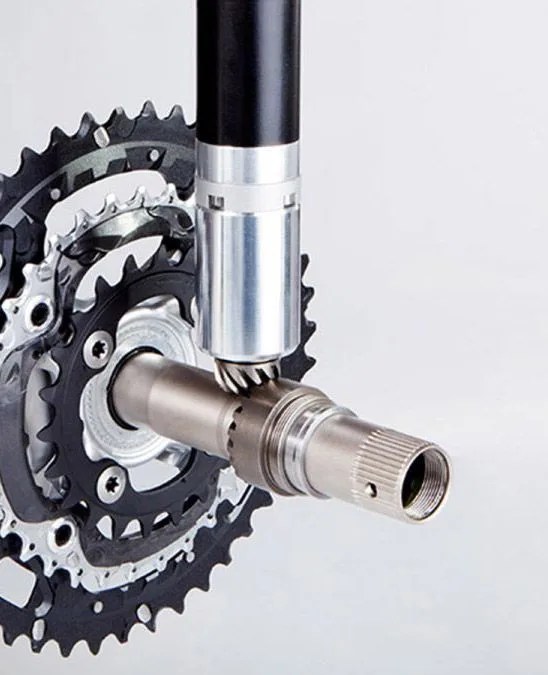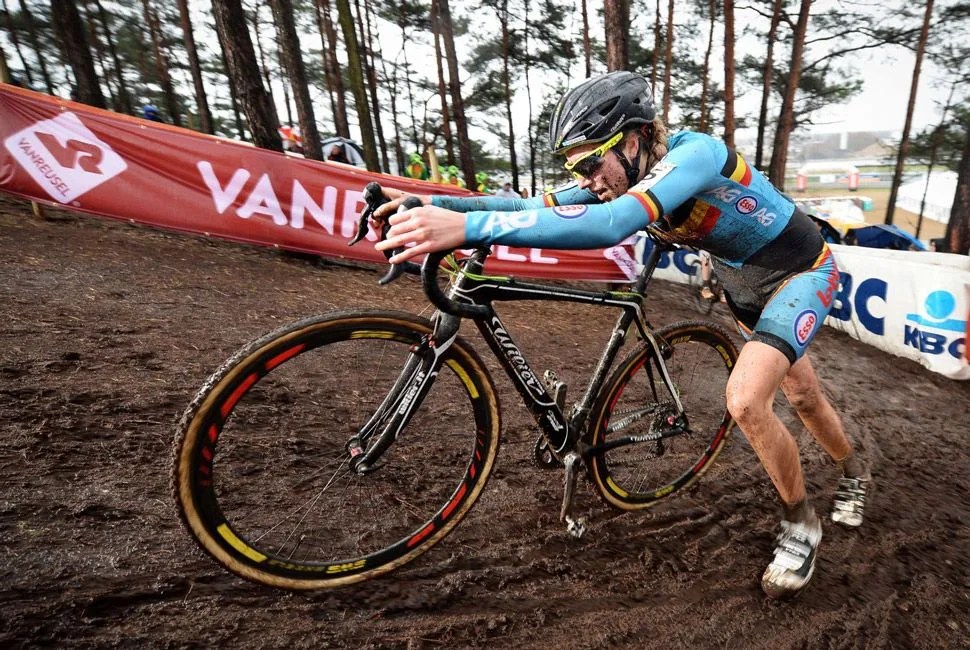Back in 2014, some suspicious footage turned up of Garmin-Sharp team rider Ryder Hesjedal’s crash in stage 7 of the Vuelta a España road bike race. The footage shows Hesjedal crashing and falling to the pavement, where he comes to a complete stop — but his rear wheel continues to rotate, making his bike spin on the ground. No investigation was conducted, but rumors abounded of so-called “moto-doping,” or hiding small motors in the bikes of top pro cyclists.

The rumors died down (though they hadn’t disappeared), but they resurfaced this past Saturday, January 30, when at the UCI Cyclocross World Championship in Zolder, Belgium, a small motor was discovered in the bike of under-23 world champion Femke Van den Driessche during a routine check. “The UCI has established technological fraud and we can confirm that this is the bike of Femke Van den Driessche,” UCI Sporting Director Jos Smets confirmed in a press conference (in Dutch). And yet, though they were apparently caught red-handed, nobody seems willing to take blame in what would necessarily be a larger conspiracy (rider, mechanic, team) than many blood-doping cases (doctor, rider). 19-year-old Van den Driessche denied any knowledge of the motor in her bike, suggesting instead that the bike belonged to a training partner and was accidentally switched with hers. The penalty for mechanical doping is disqualification, a minimum six-month suspension and a fine of up to 200,000 Swiss francs ($195,000), while the rider’s team faces the same six-month ban and a maximum fine of 1 million Swiss francs ($975,000). It’s worth noting that this is significantly more lenient than the consequences for blood doping: a four-year ban for riders and up to a 12-month ban for teams.
Mechanical doping has for several seasons been suspected to be happening within professional cycling, despite the UCI’s efforts to deter it with random bike checks using x-ray. Many had begun to suspect that Driessche was targeted after she rode away from a field of top pros back in November.
While this discovery is shocking, the bizarre part is that the first verified instance of mechanical doping happened during a cyclocross race in the under-23 category. If the technology is available at that level, there’s a good chance that mechanical doping may have already slipped unnoticed into Europe’s classics and stage races. The real shame, of course, is that cycling can’t seem to shake its reputation as a cheater’s sport.
